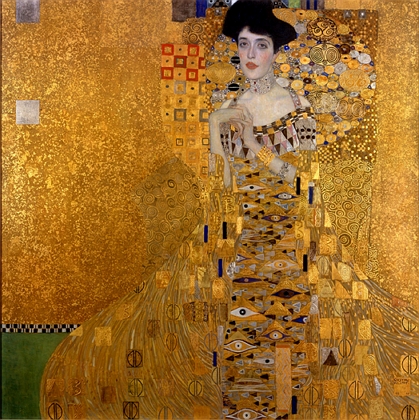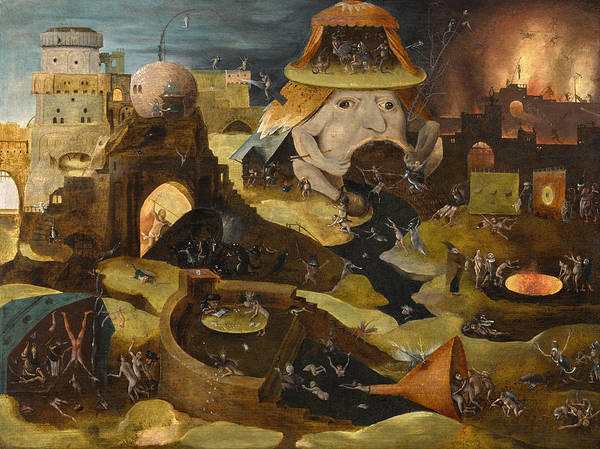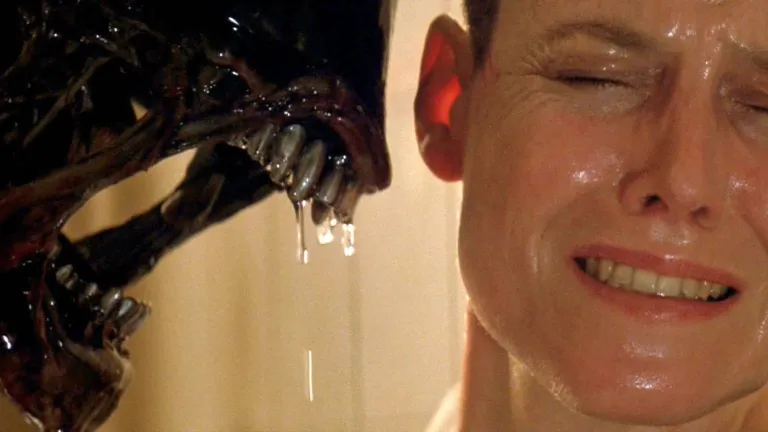A writer’s journey can take us in such unexpected directions…
When I was working on the cover for my last Marion Flarey book, I came across a photograph of a castle that had the perfect “fairy tale” style I needed. (Marion, if you haven’t met her, loves fairy tales and views the world through fairy tale allusions.)
It wasn’t until after I’d finished the cover and was poised to release the novel onto the world that I thought to do a little research about the castle and its history.
And what a crazy and tragic story I found.

Photo by Felix on Unsplash
Neuschwanstein Castle is located in the Bavarian region of Germany, and was built by a young, romantic, homosexual (most likely) king—whose obsession with building fantastical and hugely expensive castles ended horribly when he was deposed in a coup and (most likely) murdered.
I’m not going to transcribe all the details about his life here. There’s plenty about him already published on the interwebs if you’re curious. Ludwig II, The Swan King. There’s also at least one biography (which I’m going to buy because one’s TBR pile can’t be too big, right?) and at least one movie.
What I want to work out here is what Ludwig’s life tells us about writing.
It’s related to something I’ve mulled a lot over the years. I have a little book called Writing, Dreams, and Consciousness that represents a first stab at articulating some of my ideas. The gist is: the act of writing, in its most fundamental sense, is two, simultaneous acts. First, it is a dragging up of ideas from a deeper level of consciousness to waking awareness. Second, it is a translation of those ideas (which are by definition non-verbal) into verbal form.
When we write, therefore, we occupy a state of consciousness that is in many ways more akin to dreaming than to everyday, waking awareness. Or maybe a kind of hybrid state. Or maybe it requires us to balance on the threshold—the limen—of the two states.
We commonly, and I think wrongly, describe writing as a creative act—an act of creation.
I think that’s wrong.
It’s more accurate to call it an act of translation, or perhaps transmutation.
Writers aren’t creating something out of nothing—not at all. On the contrary, when you write, you “see” something that is already there, albeit not visible to the physical eye, and you describe it so that it can be “seen” by the inner eye of other people.
If you pay attention when you write, you can detect this state of consciousness as you’re operating within it.
It’s one reason writing feels so good. Your fingers are working at the keyboard or manipulating a pen, but your attention is elsewhere. Your attention is on some inner world. The “energy” or buzz you feel when you write is because as you shift ideas from one state to another, energy is released. I mean that literally. We experience that energy subjectively as excitement or intense emotion (it’s not uncommon for writers to cry as they write for example).
Now let’s turn back to our Swan King.

Photo by Pascal Metzger on Unsplash
Ludwig II was doing the same thing with his castles. He was, apparently, a dreamy, “out of touch,” introverted young man. He disliked attending to the day-to-day work of running his kingdom. He avoided it. He liked being alone so much that his Linderhof Palace was scaled to accommodate only a single person.
He adored Wagner (Ludwig’s patronage is credited by some sources with rescuing the composer from obscurity) and constructed several of his castles and castle grounds to serve as settings for stagings of Wagner’s operas.
So we can easily imagine Ludwig as a man who was more interested in what was playing across his mind’s eye than what was happening in the world around him (much to the consternation of his government’s bureaucrats).
His castles were his ideas made manifest. Example: although he hired an architect to design Neuschwanstein Castle, Ludwig himself made so many alterations to the design that it is considered more his than the architects.
There is something that you have to admire about someone who is as committed as Ludwig was to impressing a vision he perceived with his mind’s eye onto physical reality. It’s what destroyed him, first financially (he used up all his own wealth to fund his projects, then began borrowing, accruing enormous debt) and then actually, when the Bavarian state administrators decided to get rid of him.
That sort of fanatical obsession with “art” is also something that we don’t see very much in our contemporary world.
Artists, today—visual artists as well as writers—seem to fall mostly into the first three of four categories.
Unapologetically Commercial Art
One is what we might call Unapologetically Commercial. Everything this artist does is about scoreboard, and that scoreboard unit of measure is money.
There’s nothing wrong with this btw. We all need to eat. You might as well try to feed yourself by producing books or images that other people want to buy, if that’s your inclination and you’re willing to put in the work.
Art for a Cause
The second category is Art for a Cause. These are people who have decided to use words and images to get other people to think in a certain way or believe in certain things. Woke movies—movies intended to persuade people to adopt certain ideological positions—fall into this category, as does a lot of so-called performance art.
Again, nothing inherently wrong with that path if that’s your thing. The art produced by this category of artist, however, tends to not be particularly enjoyable to read/view/watch. Most of us don’t really like being lectured to, even when we know we deserve it. So that’s the danger. Art for a Cause always feels somewhat forced and artificial, and people can detect that taint, and find it off-putting. You might get cheerleaders—you might even succeed commercially—but you’re not offering a transcendent experience.
Daemonic Art
The third category is Daemonic Art. This is art produced by someone who is tapping into deeper levels of reality/consciousness, but in a way that is chaotic and disintegrating. It’s the art of Dionysus, (writes Camille Paglia: “Dionysus, god of fluids, rules a murky no man’s land of matter half-turned to liquid”). Daemonic art can be fascinating, but it is also always ugly. In fact, the “better” it is, the uglier it is; the thrill we get from it is the frisson of peeking at death and decay while still (relatively) alive and whole. We’re fascinated by the painting The Harrowing of Hell, by a “follower of Hieronymus Bosch,” and the famous movie still of the alien’s face pressing up to Sigourney Weaver’s precisely because the images are so horrifying.
Sidebar: there’s a reason artists are associated with madness. Madness is the breakdown of the psyche’s order. If a psyche is not somehow immunized against the effects of the underlying chaos of the unconsciousness (and who are we kidding—none of us is truly, fully immune) then we can find our psyches swamped and overcome by it, swamped by its “matter half-turned to liquid.” We dance with the daemonic at our peril. Ludwig II was accused of being mad—the accusation was the pretense used to depose him. And sure, the accusation may have been factually false, but it was superficially plausible because he had so obsessively dedicated his life to dipping into the unconscious in search of its ethereal shapes. He certainly must have seemed mad to the calculating bureaucrats running the Bavarian state.
Ludwig’s castles were gorgeous, however. They do not fall into the category I call Daemonic Art. They belong to the final category: Transmutational Art.
Transmutational Art
This category is closely related to Daemonic Art. However Transmutational Art, instead of being ruled exclusively by the gods of chaos, is a brokered deal. It is art pressed through a psychic structure that imposes a higher order onto it.
Put another way: Transmutational Art combines the act of surfacing the ethereal from the unconscious with the act of imposing order. It includes both the tapping of the unconscious and the acting upon what is found, there, by the artist’s own ordered psyche.
Unlike Daemonic Art, Transmutational Art is therefore beautiful. The Gustav Klimt painting known as The Woman in Gold is a good example. It has obvious elements of chaos—Adele Bloch-Bauer’s body seems to almost disintegrate into the crazed gold patterning of the background—but it is also a stunningly beautiful piece of art. It is order as well as chaos–order partially imposed on chaos.

The novel A Glastonbury Romance by John Cowper Powys is another great example of Transmutational Art. Powys tapped into a complex mythology that includes elements of our collective archetypes (e.g. The Holy Grail) and his own metaphysical framework. As he wrote in his book The Complex Vision:
[I]n the supreme works of art this human temperamental vision is caught up and transcended in the high objectivity of a greater and more universal vision; a vision which is still personal, because everything true and beautiful in the universe is personal, but which, by the rhythm of the apex-thought, has attained a sort of impersonal personality or, in other words, has been brought into harmony with the vision of the immortals.
John Copwer Powys, The Complex Vision
I mentioned, several hundred words ago, that most artists fall into three of four categories. The category least represented is this fourth, Transmutational Art. No secret why. It is unconcerned with commercial success, which means it must be pursued for reasons that have zero to do with 3D world payoffs. So right away you can exclude anyone who can’t afford to do non-commercial art, or doesn’t have the time, or don’t see the point. In addition, Transmutational Art is less likely than other types of art to be widely seen/read. In today’s world, money is the determining factor of our visible social transactions. Art that isn’t commercially successful is, therefore, inherently less visible. Owning it cannot be a status symbol. It isn’t going to show up on any Lists.
It’s also hard. I mean, art is hard anyway. If you added up the total hours I’ve spent working on novels—not only the writing, rewriting, polishing bits, but everything else, like reading books on the craft and the insanely complicated tasks associated with publishing and marketing—it is by far the largest time investment I’ve made in anything. And I’m only now getting any good at it. ANY good at it—I’m nowhere near where I want to be but at least I’m feeling, today, like I have a fairly good grasp of the basics. After seven full-length novels pubbed and numerous others either half-written or completed then abandoned.
With Transmutational Art, all that work learning the craft, the techniques, is only part of the investment. You also have to train yourself to do the things I wrote about at the start of this post. You have to train yourself how to balance on the threshold—the limen—of two different states of consciousness at the same time, and hold that spot, and translate what you experience in one state into language that can be understood by others in another state.
I read somewhere that the novelist Jess Walters, when he’s working on a novel, walks around in something like a daze. I’m paraphrasing, but what I recall is that he said his family understands that he might not be entirely present. I can relate. When I’ve been spending any length of time in that hybrid state, and then step away from my keyboard, it’s like I’m sleepwalking. It takes an effort of will to remember what chores I’m supposed to be doing, that I need to freaking eat something once in a while, to figure out what time of day it is.
But at this stage of my life/career, this is all I really want to do.
I’m all in on doing Transmutational Art.
I don’t care if the novel I’m working on now is never read, never makes me a dime.
The payoff, for me, is in the act of writing it—of the feeling I get, while writing it, that I’m part of something larger than myself. My own personal complex vision.
In his book The Soul’s Code, James Hillman writes:
As far back as the Stoics, Gnostics, and Platonists…some ancient thought held that the world was filled with spermatikoi logoi—word seeds or germinal ideas. These are present in the world from its beginning as the primordial a priori that gives form to each thing. And these spermatic words make it possible for each thing to tell us its own nature—to ears that can hear.
James Hillman, The Soul’s Code
I’m here to say that, when writers practice Transmutational Art, they are playing with word seeds.
And word seeds are actual “things.”
They are as much “things” as this desk and this keyboard and the mug of hot coffee I just poured. As much things as Boswell’s rock.
Do I sound like I’ve gone a bit mad?
See above ?
And stay tuned—if I can succeed at this, my next novel just might be stunningly beautiful.


